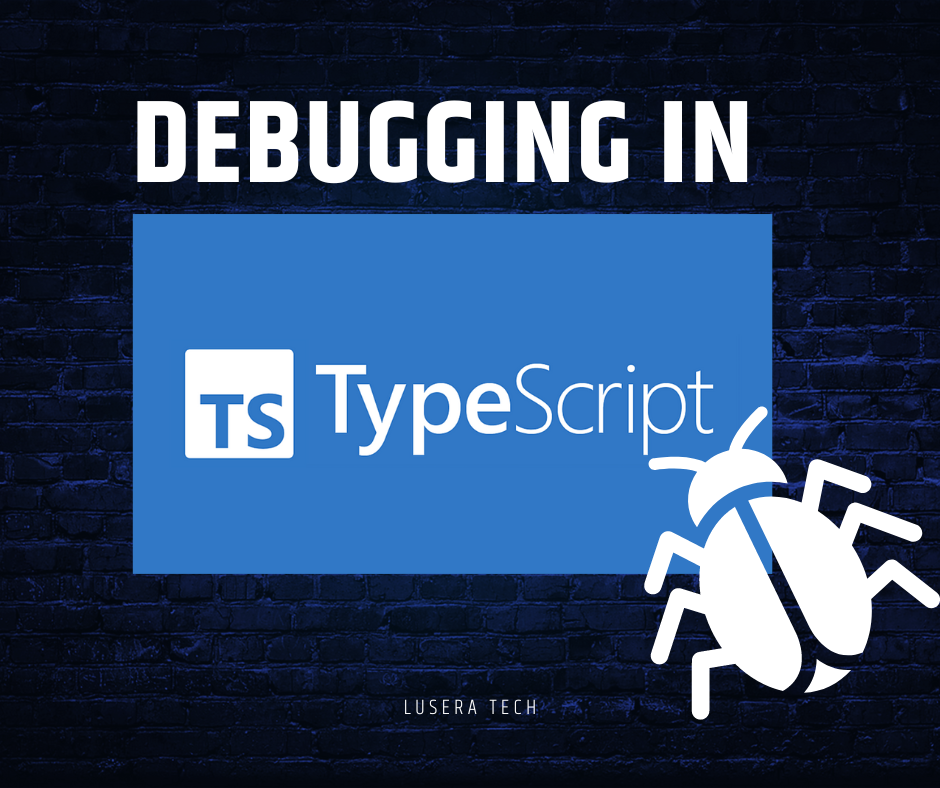
January 26, 2023
Tips and tricks for debugging TypeScript code.
Tackling debugging in TypeScript can be intimidating. That’s why it is important to comprehend the fundamentals of its syntax, but also to know how to utilize the available debugging tools within the language. Mastering this skill could save you countless hours and arduous effort. Here are some tips on successfully debug your TypeScript code – making life a whole lot easier!
Table of contents:
Use TypeScript’s Breakpoints
To quickly troubleshoot TypeScript code, utilizing breakpoints is a great starting point. A breakpoint acts as an anchor in the program; when activated, it pauses the execution of your code so you can examine any issues that may arise.
Use source maps
Source maps are a great way to debug your TypeScript code when it gets compiled to JavaScript. Sourcemaps are mappings between the generated JavaScript code and the original TypeScript code.
We recommend using VS Code. VS Code is an IDE that comes equipped with a number of features to effectively debug TypeScript applications. It offers IntelliSense, code completion, code refactoring and an integrated debugger that allows users to set breakpoints, step through code and inspect variables and objects. Moreover, it is possible to use VS Code for debugging applications in both Node.js and the browser, such as Chrome and Microsoft Edge, utilizing third-party debugging tools.
Source maps allow developers to debug their code even after it has been minified or transpiled. For example, consider the following TypeScript code:
let message: string = "Hello World!"; console.log(message); When this code is transpiled to JavaScript, it looks like this: var message = "Hello World!"; console.log(message);
However, with a source map, the debugger will be able to reference the original TypeScript code, allowing the developer to easily debug their code.
Use console.log
Console.log is a fantastic way to troubleshoot TypeScript code due to its simplicity, which makes debugging easy and straightforward. With Console.log, you are able to view the values of variables and other significant details that can be utilized for debugging your code with ease.
Use the TypeScript compiler
The TypeScript compiler can compile your code and can show the errors and warnings that it encounters, which will help you in debugging your code.
Check your types
TypeScript does this for you by allowing you to declare the type of data for each variable and more. If the type of data is not correct, TypeScript will alert you to this via an error message. This makes it easier to identify and fix errors in your code, since it happens during development instead of deployment or runtime. Not only does TypeScript allow you to effortlessly check and compare data types, but it also ensures that they are compatible. This helps to ensure that your code is more reliable and robust.
Setting up a debugging environment
Establishing a debugging environment tailored to your project is essential for success. To ensure a smooth development workflow, it is vital to configure the source map correctly, use an up-to-date version of TypeScript and set up appropriate debugging tools. Although everyone’s debugging and developing setup in general is different, it is important to take the time and effort to customize your own environment in order to get the best out of debugging with TypeScript.
Tips for setting up a debugging environment
Establishing a debugging environment tailored to your project is essential for success. To ensure a smooth development workflow, it is vital to configure the source map correctly, use an up-to-date version of TypeScript and set up appropriate debugging tools. Although everyone’s debugging and developing setup in general is different, it is important to take the time and effort to customize your own environment in order to get the best out of debugging with TypeScript.
- Debugging is key to any software development project’s success, so here are some tips on establishing a debugging environment that you can depend upon:
- Use a modern debugging tool: Modern debugging tools such as Chrome DevTools, Visual Studio Code, and some frontend libraries such as React have their own custom debugging tools. All of which are essential to effective debugging.
- Create a test environment: Create a separate environment to test your code and reproduce errors. This will help you identify and fix any bugs quickly.
- Use version control: Version control systems such as Git are essential for tracking changes to your code. This helps you pinpoint when errors occur and roll back changes if necessary.
- Take advantage of logging: Logging is an essential part of debugging. Logging statements can help you understand what is happening and identify problems faster.
Conclusion
TypeScript helps developers build more maintainable and readable code, which is invaluable when debugging. By leveraging its type-checking, structure, and other features, we can resolve bugs more efficiently. There are plenty of resources available to help us learn more about debugging TypeScript, so we can confidently work through any issues that may arise. Additional resources can be found here with great docs.